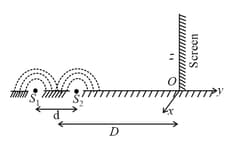EASY
Earn 100
Two narrow slits (horizontally placed) kept close to each other are used to obtain an interference pattern on an adjacent vertical wall. The pattern of fringes will be
(a)Family of hyperbolas
(b)Circular
(c)Parabola
(d)Straight line
50% studentsanswered this correctly
Important Questions on Wave Optics
HARD
EASY
MEDIUM
HARD
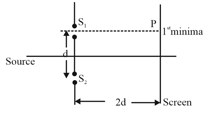
HARD
EASY
MEDIUM
Using monochromatic light of wavelength , an experimentalist sets up the Young's double slit experiment in three ways as shown.
If she observes that , the wavelength of light used is :
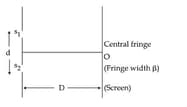
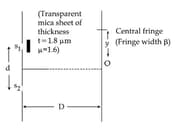
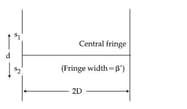
HARD
HARD
MEDIUM
HARD
MEDIUM
HARD
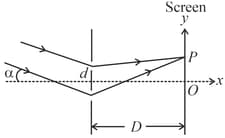
HARD
MEDIUM
EASY
MEDIUM
HARD
MEDIUM
HARD
